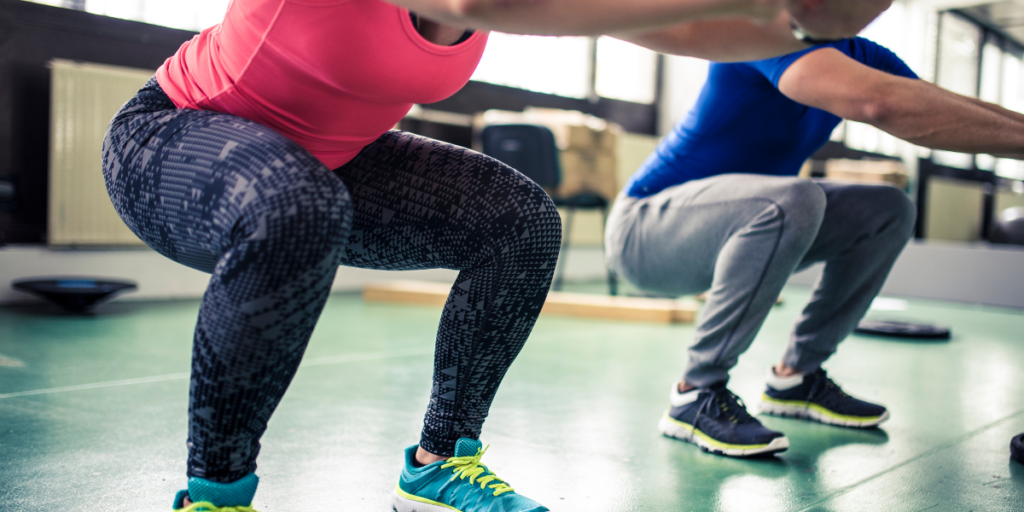Experience Holistic Healing: The Power of Panchakarma Therapy
- September 4, 2024
Introduction
Panchakarma therapy, a cornerstone of Ayurveda, offers a profound approach to holistic healing by addressing the root causes of ailments and rejuvenating the body, mind, and spirit. This traditional Ayurvedic treatment involves a series of detoxifying and rejuvenating procedures designed to balance the body’s energies, remove toxins, and promote overall well-being. In this blog, we explore the benefits of Panchakarma treatment, its significance in Ayurvedic medicine, and its applications for various conditions, including fistula and piles.
What is Panchakarma Therapy?
Panchakarma treatment is an intricate detoxification process integral to Ayurveda, which translates to “five actions” or “five therapies.” These five primary treatments aim to cleanse the body of accumulated toxins (ama) and restore balance to the doshas (Vata, Pitta, and Kapha). The five therapies are:
- Vamana (therapeutic vomiting)
- Virechana (purgation)
- Basti (medicated enemas)
- Raktamokshana (bloodletting)
- Nasya (nasal administration of medicines)
Each therapy serves a specific purpose in purifying the body and addressing various health conditions.
Panchakarma in Ayurveda
In Ayurvedic panchakarma treatment, the therapy is customized based on individual needs and imbalances. This approach ensures that the treatment targets the root causes of health issues rather than just alleviating symptoms. Panchkarma in Ayurveda is known for its ability to detoxify and rejuvenate the body, promoting long-term health benefits and overall wellness.
Benefits of Panchakarma Therapy
Panchakarma therapy offers numerous benefits, including:
- Detoxification: It helps eliminate accumulated toxins from the body.
- Rejuvenation: Promotes overall physical and mental well-being.
- Balancing Doshas: Restores balance to the body’s energies.
- Improving Digestion: Enhances digestive health and metabolism.
- Strengthening Immunity: Boosts the immune system and increases resistance to diseases.
- Enhancing Vitality: Improves energy levels and reduces fatigue.
Panchakarma Treatment for Piles
Panchakarma treatment for piles is particularly effective in managing this condition, which involves inflammation of the veins in the rectal area. The therapy focuses on reducing inflammation, improving circulation, and relieving discomfort. Procedures such as Basti (medicated enemas) and Virechana (purgation) are commonly used to treat piles by cleansing the rectal area and promoting healing.
Ayurvedic Medicine for Fistula
For those seeking fistula treatment in Ayurveda or Ayurvedic medicine for fistula offers a holistic approach. Panchakarma plays a crucial role in this treatment by detoxifying the body and reducing inflammation. Specific therapies and herbal treatments are used to address the underlying causes of the fistula, promote healing, and prevent recurrence.
Finding the Right Panchakarma Treatment Near You
If you’re interested in experiencing the benefits of Ayurvedic panchakarma treatment, it’s essential to find a reputable clinic that offers personalized care. Searching for panchakarma treatment near me will help you locate qualified practitioners who can provide customized treatment plans based on your health needs.
Why Choose Panchakarma?
Panchakarma is not just a treatment but a complete wellness experience. It offers a natural and holistic approach to healing that aligns with the principles of Ayurveda. By addressing the root causes of health issues and promoting overall balance, Panchakarma therapy can significantly enhance your quality of life and well-being.
Consulting with Proctologist Doctors Near Me
For specialized care, particularly if you’re dealing with conditions like piles or fistula, consulting with proctologist doctors is advisable. These experts can provide valuable insights and recommendations for integrating Panchakarma treatment with conventional treatments to achieve the best results.
Conclusion
Panchakarma therapy embodies a holistic approach rooted in Ayurveda, offering a profound solution for health and wellness. Whether you’re looking to treat specific conditions like piles or fistula or seeking to enhance your overall health, Ayurvedic panchakarma treatment provides a comprehensive and effective approach. This traditional therapy helps detoxify the body, balance energies, and promote overall well-being.
To fully benefit from Panchakarma, it’s essential to seek personalized care from a qualified specialist. Dr. S.K. Singh, an expert in Ayurveda and non-surgical treatments, is highly recommended for his expertise and compassionate care. At Sushruta Piles Clinic, Dr. Singh offers tailored Panchakarma therapies and holistic treatment plans to address your specific needs. Explore the transformative power of Panchakarma with Dr. Singh and embark on your journey to optimal health and wellness.





